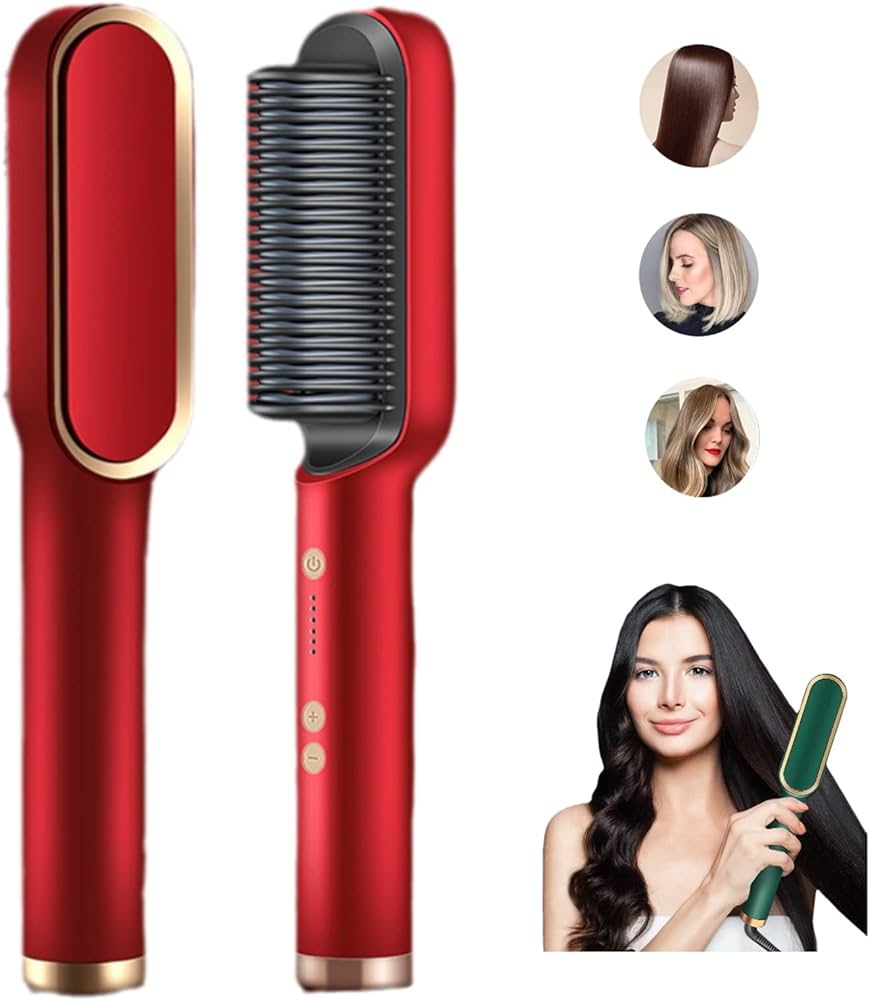Introduction:
Managing wavy hair can be a nuanced endeavor, as it requires a balanced approach to maintain its natural texture while preventing damage. Understanding whether you should brush wavy hair, when to do it, and the techniques involved is crucial for achieving healthy and bouncy waves. This comprehensive guide explores the pros and cons of brushing wavy hair, best practices, suitable tools, and related hair care tips.
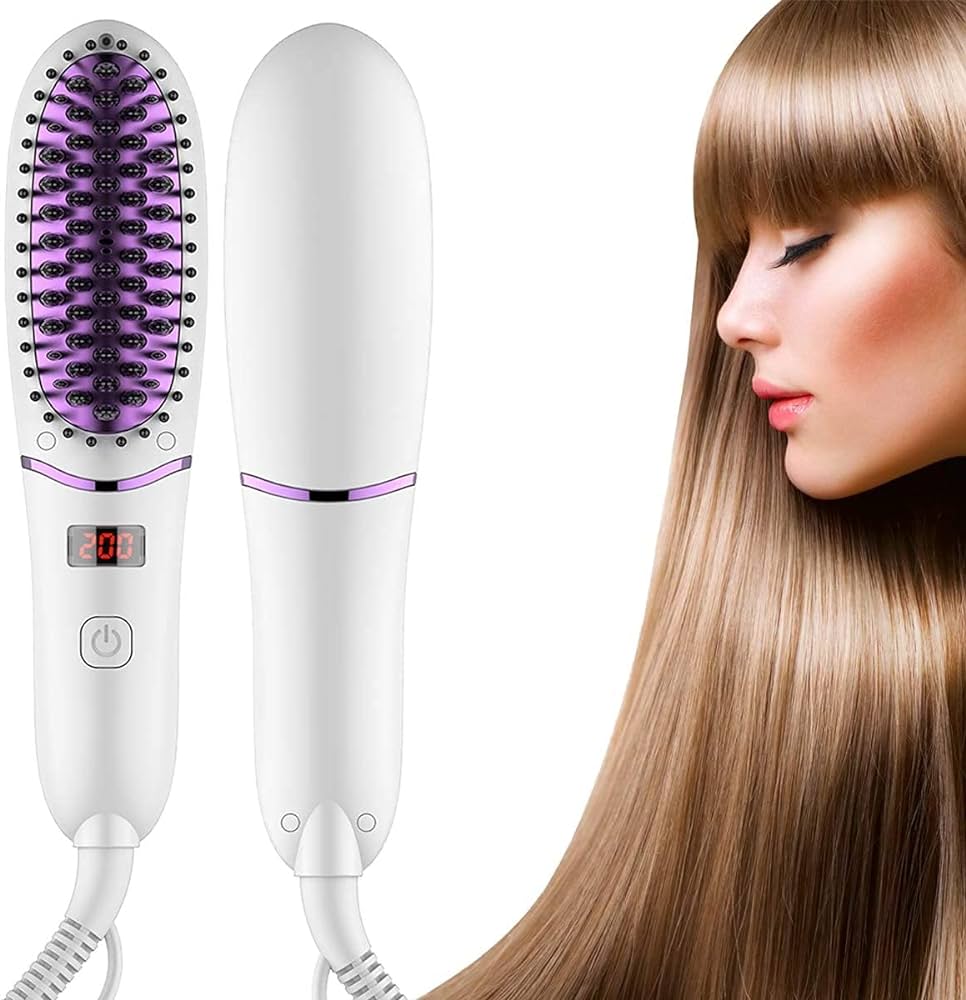
Should You Brush Wavy Hair?
Understanding the Nature of Wavy Hair
Wavy hair, characterized by its “S” shaped pattern, falls between straight and curly hair types. Each wave has its own structure and care needs.
Characteristics: Wavy hair tends to be more prone to frizz compared to straight hair but less so than curly hair. It can be fine, medium, or coarse in texture and often has a natural body and bounce.
Challenges: Wavy hair can be prone to frizz, tangles, and split ends. It may also lack definition if not cared for properly. Using the right techniques and tools can make a significant difference in maintaining wavy hair’s natural beauty.
Determining When to Brush Wavy Hair
Whether or not to brush wavy hair can depend on several factors, including hair health, timing, and intended style.
Context Matters: Brushing wavy hair when it’s dry can lead to frizz and disrupt the natural wave pattern. On the other hand, brushing when damp or wet can help manage tangles and preserve waves.
Hair Health: If your hair is particularly fragile or prone to breakage, brushing too frequently or with the wrong tools can exacerbate these issues. It’s essential to use gentle methods and suitable brushes that minimize damage.
Styling Intentions: Your hair-styling goals also determine how and when to brush. If you aim to enhance wave definition, minimal brushing and using methods like finger-combing or wide-tooth combs can be beneficial. For more relaxed waves or blowouts, a different brushing technique may be required.
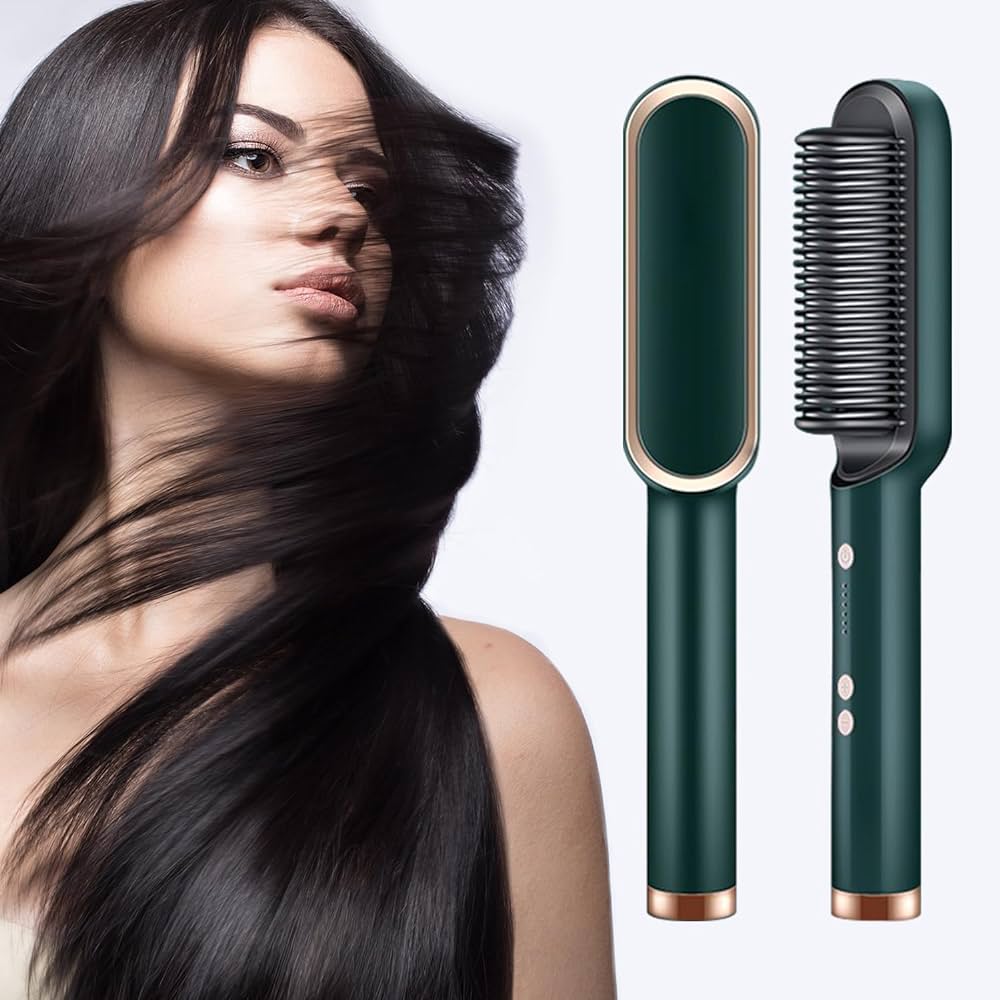
Best Practices for Brushing Wavy Hair
Following best practices ensures that you maintain the health and beauty of your wavy hair while brushing. Here’s how to do it effectively.
Brush When Wet or Damp: Brushing wavy hair when it’s damp can help detangle without disrupting the natural wave pattern. Use a wide-tooth comb or your fingers to gently work through knots after applying a leave-in conditioner or detangling spray.
Use the Right Tools: Invest in tools designed for wavy hair. Wide-tooth combs, tangle teasers, and boar bristle brushes are less likely to cause frizz and breakage. Avoid narrow-tooth combs and regular bristle brushes that can be too harsh.
Section Your Hair: Dividing your hair into sections makes the detangling process more manageable and prevents unnecessary strain on your hair. Start from the ends and work your way up to the roots to avoid tugging and breaking.
Be Gentle: Handle your wavy hair with care. Avoid aggressive brushing; instead, use slow, gentle movements to detangle and smooth your hair. This reduces the risk of snapping hair strands and causing split ends.
Minimal Brushing: Avoid over-brushing wavy hair, as this can lead to frizz and loss of wave definition. Use a wide-tooth comb sparingly to manage tangles and maintain wave integrity.
Choosing the Right Brushes and Combs
Using the correct brushing and combing tools is essential for wavy hair care. Here are some suitable options.
Wide-Tooth Comb: Ideal for detangling wet or damp wavy hair without causing frizz. It helps maintain the natural wave pattern and prevents breakage.
Boar Bristle Brush: A boar bristle brush can distribute natural oils from your scalp to the tips, adding shine and reducing frizz. It’s best used on dry hair for gentle smoothing and revitalization.
Tangle Teezer: This innovative brush is designed to glide through tangles with ease, reducing breakage and pain. Suitable for both wet and dry hair, it’s a good option for gentle detangling.
Finger-Combing: Using your fingers to detangle wavy hair helps preserve the wave pattern and minimize frizz. Finger-combing is particularly useful for touch-ups and minor detangling throughout the day.
Avoid: Steer clear of narrow-tooth combs and stiff-bristle brushes, as these can be too harsh on wavy hair and cause unnecessary frizz and damage.
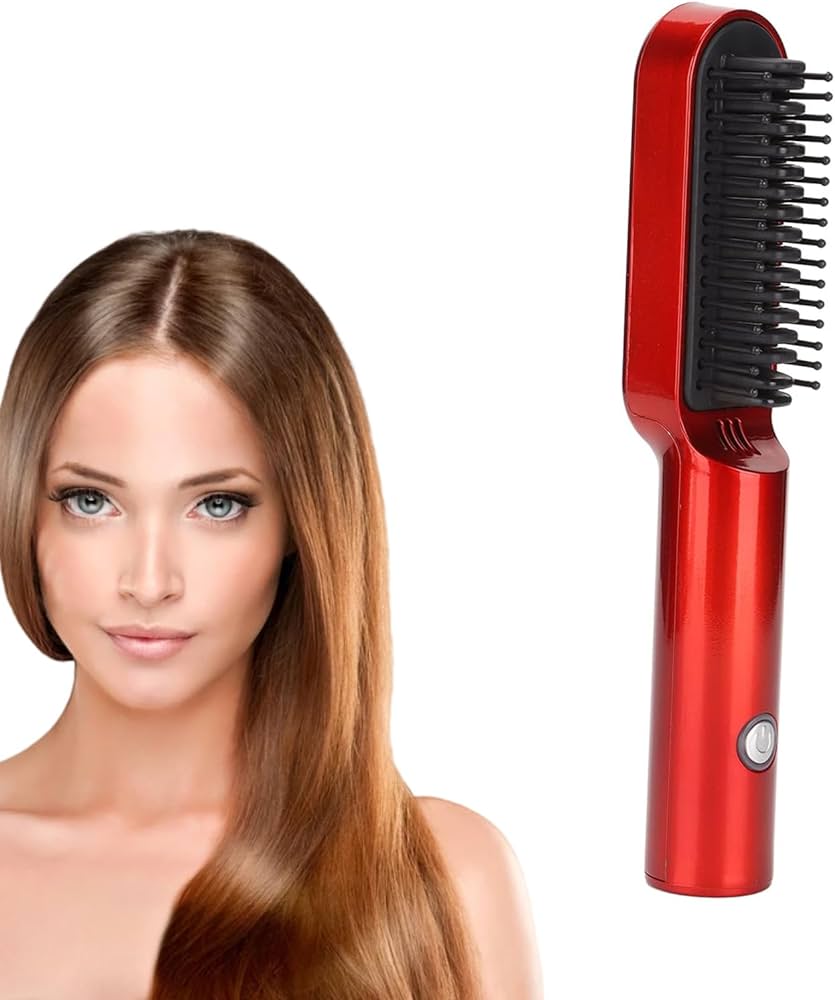
Hair Care Routine for Wavy Hair
Establishing a well-rounded hair care routine is crucial for maintaining healthy wavy hair. Incorporate these steps for optimal results.
Cleansing: Use a sulfate-free shampoo to cleanse your scalp and hair without stripping natural oils. Follow with a hydrating conditioner to nourish and detangle your hair.
Deep Conditioning: Deep condition your hair once a week to provide essential moisture and strengthen hair strands. Use a product tailored for your hair type and texture.
Leave-In Conditioner: A leave-in conditioner or detangling spray makes brushing easier and helps maintain hydration. Apply it to damp hair before brushing or styling.
Styling Products: Opt for lightweight styling products like creams, gels, or mousses that enhance wave definition and control frizz. Avoid heavy products that can weigh down your waves.
Heat Protection: If you use heat-styling tools, always apply a heat protectant to shield your hair from damage. Limit the use of heat tools to maintain hair health.
Regular Trims: Regular trims every 6-8 weeks help remove split ends and maintain the shape and health of your wavy hair.
Common Mistakes to Avoid
Avoiding specific mistakes can help you maintain the integrity and beauty of your wavy hair.
Over-Brushing: Brushing wavy hair too frequently can lead to frizz and disrupt the wave pattern. Limit brushing and opt for gentle detangling methods.
Using Wrong Products: Avoid using products not suited for wavy hair. Heavy or greasy products can weigh your hair down and alter its natural texture.
Ignoring Moisture: Wavy hair needs adequate moisture to maintain its shape and prevent frizz. Skipping conditioner or deep conditioning treatments can leave your hair dry and brittle.
Skipping Heat Protection: Using heat-styling tools without heat protectant can cause significant damage. Always use a heat protectant spray to shield your hair from high temperatures.
Not Considering Hair Type: Wavy hair varies in texture. Consider your specific hair type—fine, medium, or coarse—when choosing products and styling methods.
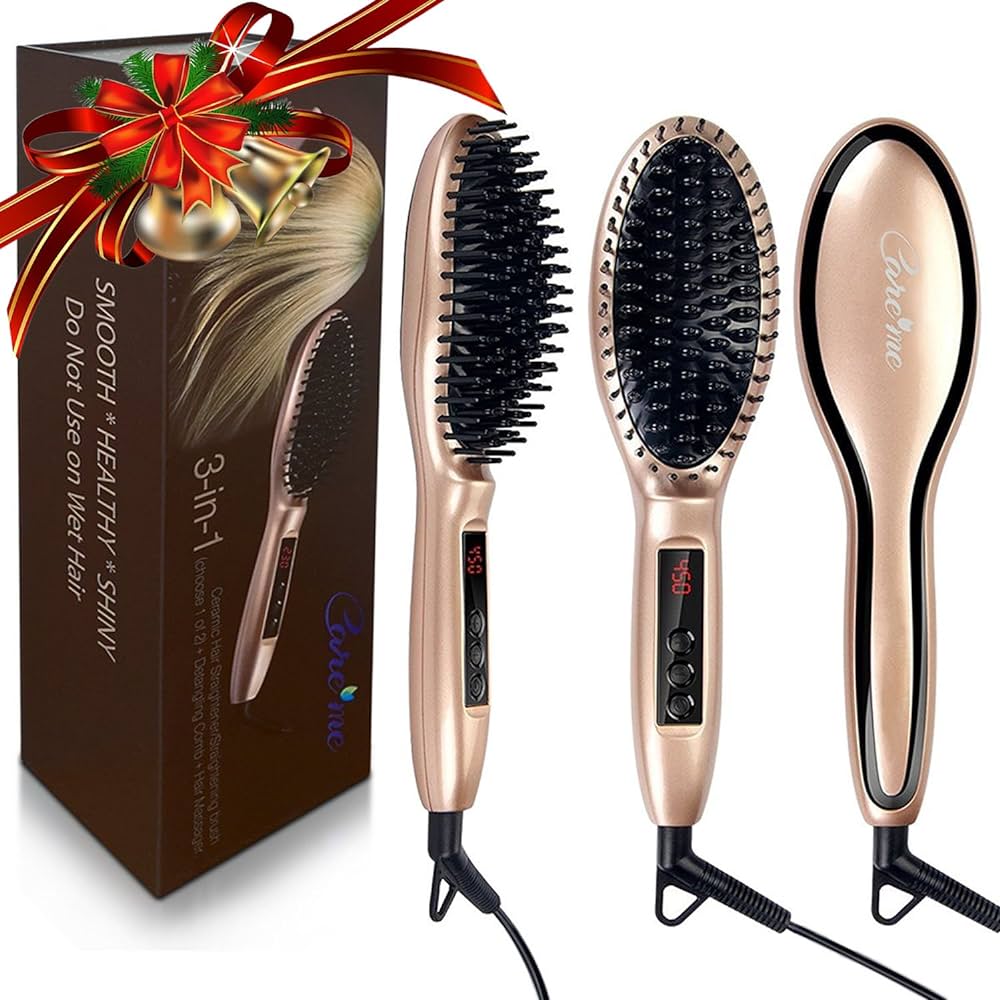
The Impact of Humidity on Wavy Hair
Humidity can significantly affect wavy hair, making it more prone to frizz and altering its texture. Understanding how to manage your hair in humid conditions is crucial.
Humid Weather Challenges: High humidity can cause wavy hair to expand and become frizzy. The added moisture in the air breaks down hydrogen bonds in the hair, leading to changes in texture.
Preventive Measures: Use anti-frizz products designed to combat humidity. Lightweight serums, creams, and oils can create a barrier that locks in moisture and prevents frizz.
Protective Hairstyles: Opt for protective hairstyles like braids, buns, or twists during particularly humid days. These styles help maintain your hair’s integrity and prevent excessive frizz.
Night-Time Hair Routine: Consider sleeping with a satin or silk pillowcase to reduce friction and prevent frizz. A loose braid or bun can also help maintain wave definition overnight.
The Role of Diet and Health in Hair Care
Hair health is not just about external care; diet and overall health play a significant role in the condition of your wavy hair.
Balanced Diet: Consume a balanced diet rich in vitamins and minerals, including Vitamin E, Omega-3 fatty acids, and biotin. These nutrients contribute to hair strength, shine, and growth.
Hydration: Drink plenty of water to keep your hair hydrated from within. Proper hydration helps maintain elasticity and reduces the risk of breakage.
Stress Management: Stress can affect hair health, leading to issues like hair loss or dullness. Practice stress management techniques like yoga, meditation, or regular exercise to promote overall wellness.
Supplements: If you have specific deficiencies, consider taking hair supplements. Consult with a healthcare provider to identify the best options tailored to your needs.
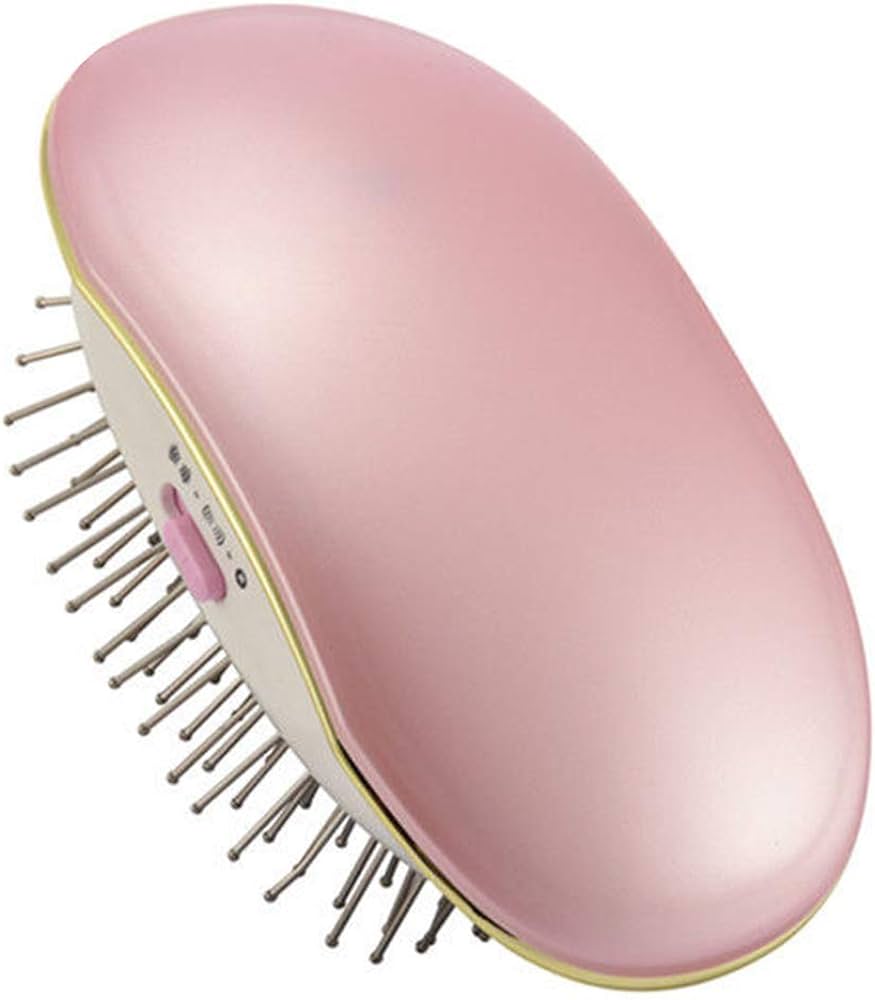
Personalized Hair Care
Understanding that wavy hair care is not a one-size-fits-all approach is critical for achieving optimal results.
Hair Porosity: Identify your hair porosity to customize your hair care routine. High porosity hair requires more moisture and sealing, while low porosity hair benefits from lightweight, water-based products.
Seasonal Adjustments: Hair care needs can change with the seasons. Adjust your routine to accommodate varying humidity levels, temperature changes, and environmental exposure.
Regular Assessments: Periodically reassess your hair care routine to ensure it continues to meet your hair’s evolving needs. Be open to trying new products and techniques as necessary.
Consulting Professionals: For personalized advice, consider consulting a professional stylist or trichologist. They can offer tailored recommendations based on your unique hair characteristics and concerns.
Cultural and Personal Preferences
Cultural and personal preferences often influence hair care routines, underscoring the importance of an individualized approach.
Personal Aesthetics: Your personal style and how you prefer to wear your hair will guide your routine. Choose styles, products, and routines that align with your aesthetic goals.
Tailored Techniques: Experiment with various techniques and tools to find what works best for you. Whether it’s a specific way of detangling or using particular products, tailor your routine to suit your needs.
Community Insights: Engage with communities, both online and offline, that share your hair type. Exchange tips, product recommendations, and experiences to continually refine your hair care routine.
Conclusion
Brushing wavy hair requires a thoughtful approach that considers the nature of your hair, the timing, and the tools used. By understanding the best practices, selecting appropriate brushes and combs, and incorporating a comprehensive hair care routine, you can maintain healthy, defined waves. Avoiding common mistakes, managing your hair in various environmental conditions, and considering your overall health further contribute to optimal hair care. Personalizing your routine to suit your unique hair characteristics and preferences ensures that your wavy hair remains beautiful and manageable. This comprehensive guide provides you with the knowledge and strategies needed to brush and care for wavy hair effectively, promoting its natural beauty and health.
